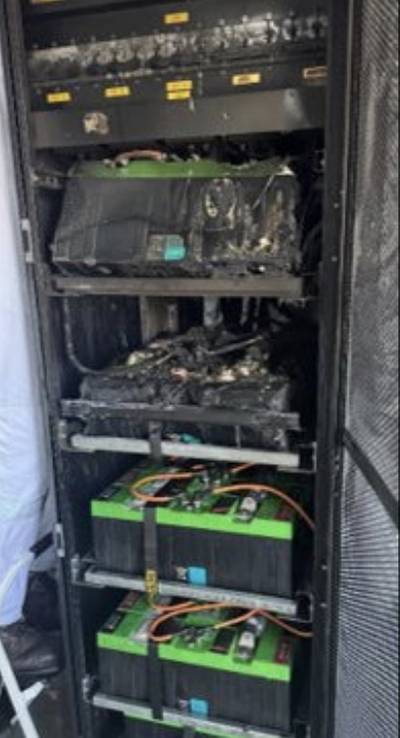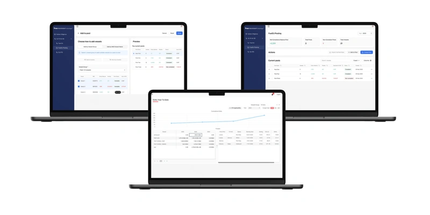US Coast Guard: Safety for Lithium-Ion Battery System Installations
An integrated Li-ion battery bank recently caught fire onboard an inspected passenger vessel when loosely crimped lugs overheated. While no one was injured and the vessel sustained minimal damage, this casualty highlights safety hazards unique to Li-ion batteries. All integrated (installations used for propulsion and electrical power) Li-ion battery systems on inspected vessels must undergo engineering plan review, be fitted with supporting safety systems, be tested and inspected at installation and periodically afterward, and be properly maintained by competent mariners, regardless of the battery bank size or end consumer.
Unique Safety Considerations
- Energy Density
- Thermal Runaway
- Fire Suppression Resistance
- Toxic Off-Gasses
- Battery Management
Design Requirements
The Coast Guard provided design guidance for integrated Li-ion battery systems in CG-ENGPolicy Letter 02-19 (PL 02-19), Design Guidance for Li-Ion Battery Installations Onboard Commercial Vessels, which incorporates American Society for Testing and Materials (ASTM) F3353-19, Standard Guide for Shipboard Use of Li-ion Batteries. These “integrated” systems are hardwired to power the ship’s electrical loads; plug-in electronics and Li-ion batteries as cargo are not addressed by this Safety Alert. (See Safety Alert 01-22 for more information on Li-ion batteries as cargo.) As Li-ion battery technology evolves, additional guidance may be released.
PL 02-19 and ASTM F3353-19 address the following major safety considerations for Li-ion battery hazards: ship specific risk/safety assessments, battery management systems, qualitative failure analyses for vital ship systems, design verification test procedures (DVTPs), periodic safety test procedures (PSTPs), hazardous area plans (for toxic off-gasses), structural fire protection, fire/smoke/gas detection systems, water-based fixed fire suppression systems, and exhaust ventilation. Due to the unique safety risks and design considerations, the Coast Guard does not conduct expedited plan review under Navigation and Vessel Inspection Circular (NVIC)10-92.
Owner and Operator Guidance
Li-Ion Battery Identification: Packaged Li-ion batteries often visually resemble traditional lead acid batteries, regardless of type, so the best way to identify them is by reading the nameplate specifications. Li-ion batteries can be identified in a variety of ways depending on electrode, electrolyte, and separator materials. Some common types in maritime use are Lithium IronPhosphate (LFP), Lithium Nickel Manganese Cobalt Oxide (NMC), Lithium Cobalt Oxide(LCO), Lithium Nickel Cobalt Aluminum Oxide (NCA), and Lithium Titanate (LTO). New chemistries continue to emerge as technology advances.
Plan Review: Plan review and proper design testing procedures (DVTPs and PSTPs) should be completed early in the construction process. If plan review and system design testing have not been approved by delivery, marine inspectors may require plan review to be completed through the Marine Safety Center.
Material Condition: Batteries should be visually inspected for signs of deterioration, such as bulging cells or corroded electrical connections. Documentation on the completion of required maintenance should be maintained.
Operational and Maintenance Procedures: Crew members responsible for battery operation and maintenance should be well-trained in the manufacturer’s guidelines and operational procedures and familiar with the functioning of the battery management system. They should also know how to respond to abnormal battery conditions or fires. Safety drills for Li-ion battery fires should be performed, and Li-ion battery system arrangements and risks should be taken into account when conducting other drills.
This Safety Alert is provided for informational purposes only and does not relieve any domestic or international safety, operational, or material requirement. It has been developed by the Marine Safety Center and distributed by the Office of Investigations and Casualty Analysis. Questions may be sent to msc@uscg.mil.

















